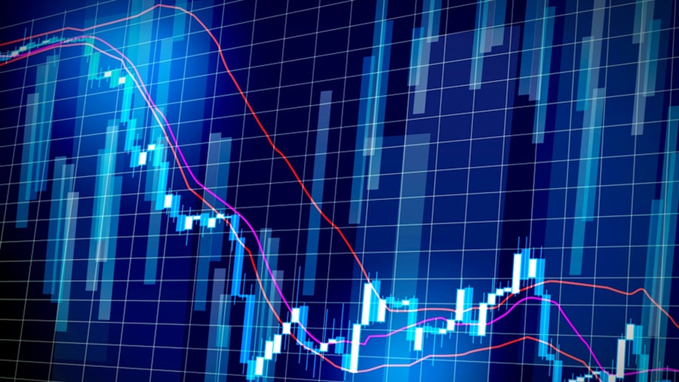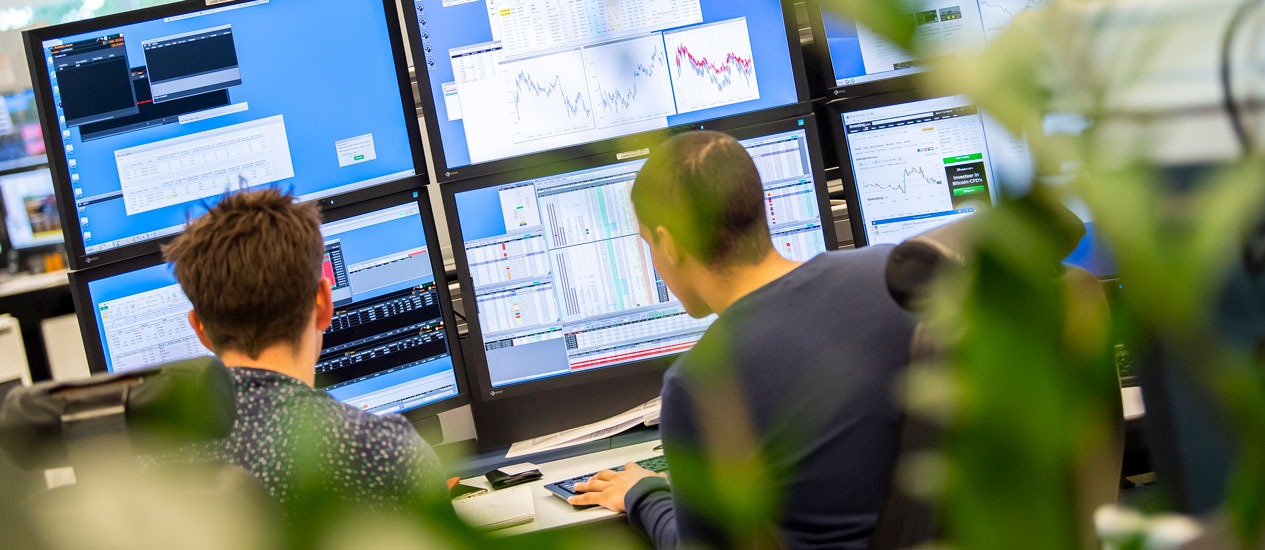In the dynamic world of financial markets, volatility is a double-edged sword that can pose challenges for some but open up lucrative opportunities for savvy traders. As market conditions shift rapidly, experienced investors adept at navigating the twists and turns can capitalize on price fluctuations to generate substantial profits. Volatility often arises from a myriad of factors, including economic data releases, geopolitical events, and unforeseen market developments. While such uncertainties can instill fear in some market participants, astute traders view them as a chance to exploit price inefficiencies and capitalize on short-term trends. For skilled traders, market volatility is akin to a playground where opportunities abound. In times of heightened volatility, asset prices can swing dramatically, presenting traders with the chance to enter and exit positions strategically. Day traders, for instance, thrive on short-term volatility, executing rapid-fire trades to capture small price movements.
Swing traders, on the other hand, may seize opportunities over a slightly longer time horizon, aiming to profit from the oscillations in the market. The key lies in understanding the underlying drivers of volatility and having a well-thought-out strategy that aligns with the prevailing market conditions. One of the primary sources of market volatility is economic data releases. Employment reports, GDP figures, and inflation data can significantly impact investor sentiment and trigger sharp market movements. Savvy traders keep a close eye on economic calendars, positioning themselves to capitalize on anticipated market reactions. For example, if a positive jobs report is expected, traders may anticipate a bullish move in equities and adjust their portfolios accordingly. Similarly, geopolitical events, such as trade tensions or political developments, can introduce an element of uncertainty, leading to heightened volatility. Traders who stay informed and react swiftly to these events can capitalize on market dislocations and profit from the ensuing price movements.

Furthermore, the use of sophisticated trading tools and technologies has become integral to navigating volatile markets successfully on Quotex. Algorithmic trading, machine learning models, and advanced analytics empower traders to analyze vast amounts of data in real-time, identify patterns, and execute trades with precision. These tools not only enhance decision-making but also enable traders to automate certain aspects of their strategies, freeing up time to focus on market analysis and strategic planning. However, it is crucial to acknowledge that navigating volatile markets requires a comprehensive understanding of risk management. While volatility presents profit opportunities, it also amplifies the potential for losses. Savvy traders employ risk mitigation strategies, such as setting stop-loss orders and diversifying their portfolios, to protect against adverse market movements. This disciplined approach allows them to capitalize on volatility while managing downside risks effectively. In conclusion, market volatility, though unsettling for some, serves as a fertile ground for profit opportunities for savvy traders.


